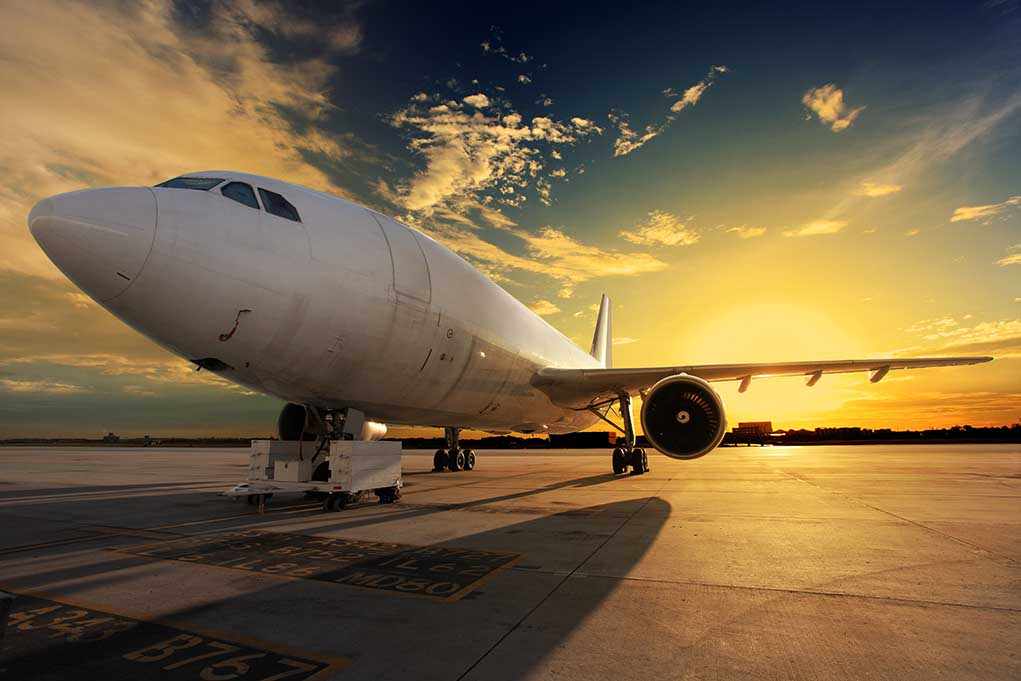
Just when you thought air travel couldn’t get any more unpredictable, 179 Americans found themselves hurtling down an emergency slide in Denver—after their flight’s landing gear went up in smoke and flames before even leaving the ground.
At a Glance
- American Airlines Flight 3023 faced a landing gear emergency at Denver International Airport, forcing a rapid evacuation
- Smoke and flames erupted beneath the Boeing 737 Max 8, prompting the crew to abort takeoff and deploy emergency slides
- All 173 passengers and 6 crew members evacuated safely, with minor injuries reported and one person hospitalized
- The FAA launched a formal investigation, while American Airlines confirmed a tire maintenance issue as the cause
Landing Gear Fiasco Sparks Chaos on the Tarmac
On July 26, 2025, American Airlines Flight 3023 was supposed to be another routine trip from Denver to Miami. Instead, it turned into a smoky spectacle that left passengers clutching their carry-ons and scrambling for the exit. The Boeing 737 Max 8, already infamous for its checkered safety record, never made it off the runway. According to air traffic control audio, the pilot slammed the brakes after being alerted to smoke and flames billowing beneath the aircraft. The plane had just hit 127 knots—mere seconds from takeoff—when disaster struck. Passengers reported a rush of panic as the crew shouted commands and emergency slides inflated. In a testament to quick-thinking (and the kind of training you hope flight attendants never actually have to use), all 179 souls onboard were hustled off the jet and onto the tarmac in minutes.
The Denver International Airport ground crew wasted no time, rolling buses out to scoop up shaken travelers and ferry them back to the terminal. Emergency services evaluated five people for minor injuries, with one person taken to the hospital. The FAA, not wasting a moment, launched a full-scale investigation on the spot. The entire airport hit pause, triggering a temporary ground stop and delaying nearly 90 flights. For a model already under the microscope, this was the last thing Boeing needed. American Airlines quickly pointed to a landing gear tire issue, taking the aircraft out of service for inspection. Still, you have to wonder how many more “rare” emergencies need to happen before the industry rethinks letting these flying problem children off the assembly line.
Who’s in Charge and Who Pays the Price?
American Airlines, as the operator, is stuck with the mess—handling shaken passengers, grounding a multi-million dollar jet, and fielding a PR nightmare. The FAA, with its regulatory teeth, is now dissecting every second of the incident, from the first whiff of smoke to the last passenger sliding off the wing. Denver International Airport played its part by snapping into action, but also bore the brunt of a travel chaos ripple effect. And then there’s Boeing, quietly sweating in the background, knowing another Max 8 headline is the last thing shareholders want to see.
For the 173 passengers and 6 crew members, the ordeal was more than an inconvenience. They endured the terror of an aborted takeoff, the confusion of a sudden evacuation, and the frustration of travel plans derailed. One traveler landed in the hospital, while the rest waited hours for a replacement flight to Miami. This is the kind of disruption that goes far beyond the usual airport gripes—this is the nightmare scenario every frequent flyer dreads, now made all too real.
What Now? FAA Investigation and Industry Fallout
The FAA’s formal investigation is underway. American Airlines isn’t taking any chances, sending the troubled jet straight to the hangar for a full inspection. The airline insists safety is its “top priority,” but for the average traveler, trust in both the company and the Boeing 737 Max 8 continues to erode. The airport is back to business, but the incident has reignited debates about emergency preparedness, maintenance standards, and—let’s be honest—whether the Max 8 is worth the risk.
Industry experts point out that while emergency evacuations are rare, they are a critical test of both crew readiness and aircraft design. In this case, the evacuation worked, but only time will tell what the FAA’s investigation uncovers. If this tire issue is a one-off, fine. But if it’s a symptom of deeper maintenance or design flaws, both American and Boeing are in for more uncomfortable questions. Passengers everywhere will be watching—and hoping they’re not next.
Broader Implications: More Than Just a Travel Delay
Beyond delayed flights and shaken nerves, the Denver fiasco signals a warning for the entire airline industry. The economic hit—emergency response, repairs, compensation—will add up quickly. Public confidence in air travel, already fragile thanks to the Max 8’s reputation, takes another hit. Politicians and regulators may seize the moment to push for tougher safety checks or hearings, especially if the investigation turns up patterns of neglect or systemic risk.
For families and conservative Americans who feel like common-sense safety gets sacrificed on the altar of corporate cost-cutting and government red tape, this is another example of the system’s cracks showing. When it comes to something as basic as landing gear, the bar should be set at “never fails,” not “rarely fails.” Yet here we are, watching passengers go down slides instead of runways. It’s time for real accountability—not another report destined to collect dust while the flying public crosses their fingers on the next takeoff.











